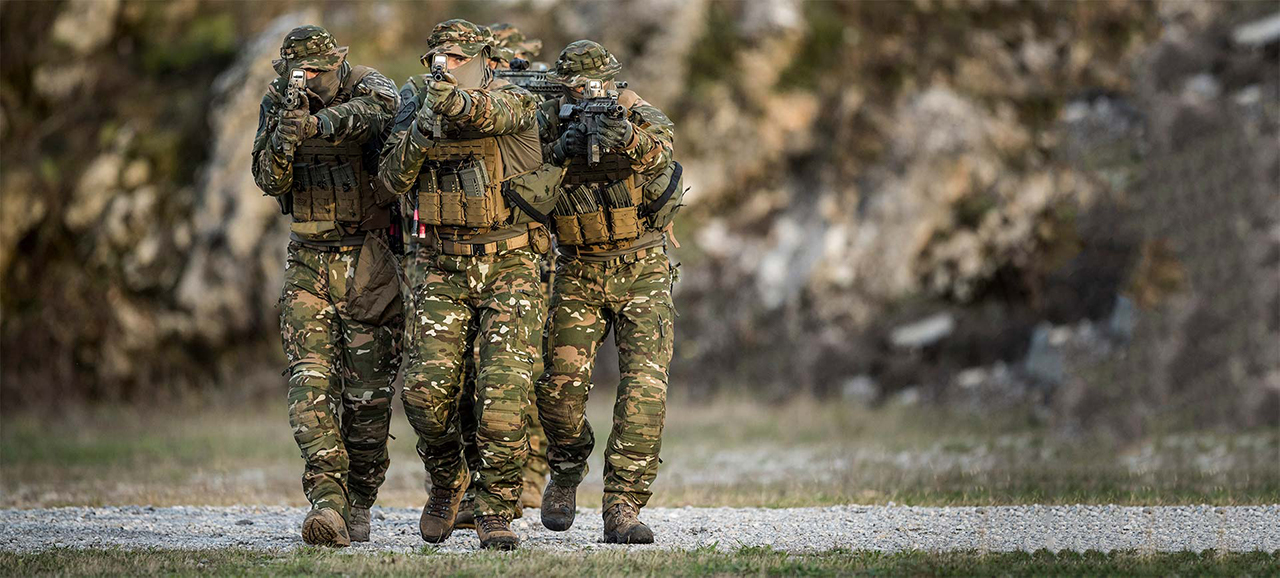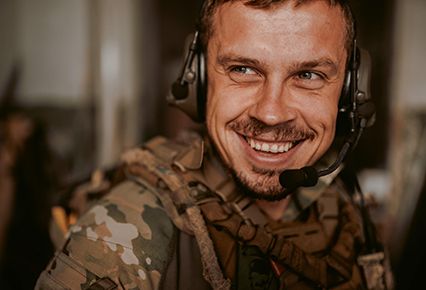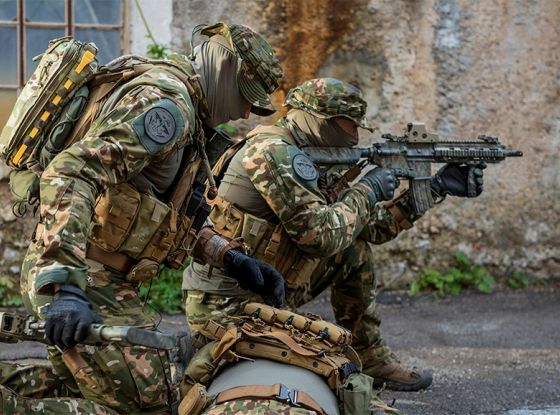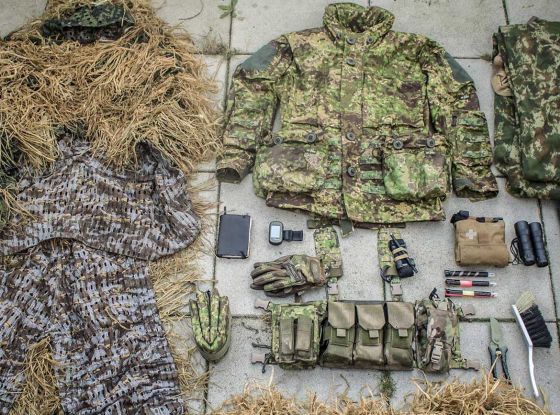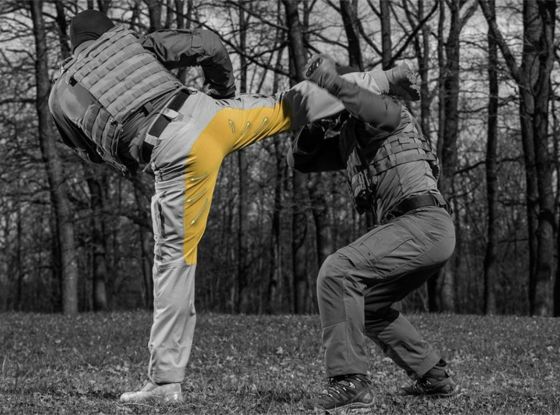Care Under Fire is medical attention provided by the first responder or combatant to arrive at the scene of injury during an in-progress firefight. Typically, in a Care Under Fire situation, available medical equipment is limited to that carried by the casualty in his or her individual first-aid kit (IFAK) or by the medical provider in his or her aid bag. In this blog post SF Combat Medic, Luka shares his way of segmenting and applying aid to a casualty while still under fire.
What’s in this blog post
If you are feeling comfortable with your medical knowledge, you can jump ahead through the sections by clicking on the links below:
Introduction to Care Under Fire
The first phase of Tactical Combat Casualty Care (TCCC) is Care Under Fire (CUF). Care Under Fire is medical attention provided by the first responder or combatant to arrive at the scene of injury during an in-progress firefight.
Typically, in a CUF situation, available medical equipment is limited to that carried by the casualty in his or her individual first-aid kit (IFAK) or by the medical provider in his or her aid bag.
In this blog post, I’ll share my guidelines for successfully working your way through the phases of care in CUF so that you can provide good tactical field care and help your teammates remain engaged in the mission.
Care Under fire Guidelines
1. THE BEST MEDICINE IN A FIREFIGHT IS FIRE SUPERIORITY
You may have heard it said that “good medicine is bad tactics,” meaning that what’s best for the patient might not be best for the mission (because the best military medical care during a firefight is fire superiority).
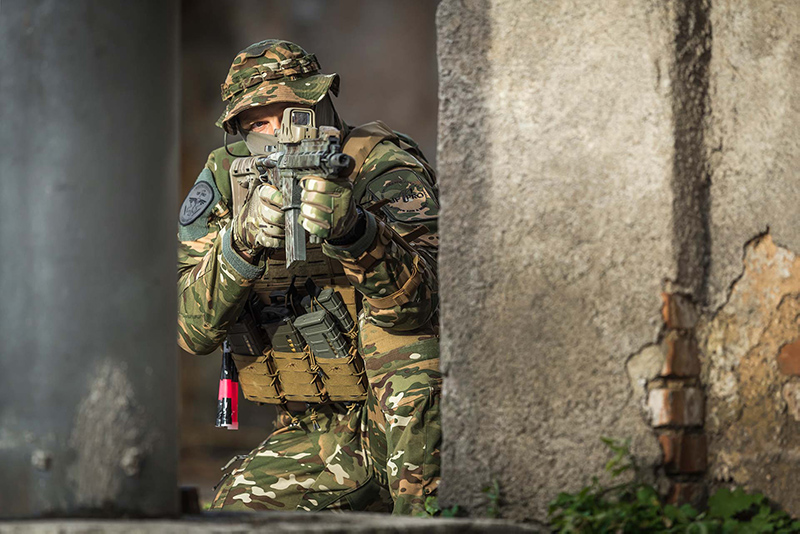
So you might not be able to start caring for the patient straight away.
At times like that, it sucks to be us (medical personnel) or them (casualties). But this is the life we’ve chosen to live in order to let others sleep peacefully at night.
If you can, try to perform treatment “stopgaps” such as rolling the casualty on his stomach or telling him to apply self-aid.
Just remember that nothing is written in stone, so everything is scenario-dependent. Still, one of the best lessons that can be drilled into you is to return fire and take cover.
2. WE EXPECT OUR WOUNDED TEAMMATES TO STAY IN THE FIGHT
Not every “BeepBeep” in a firefight gives cause to disengage. If the wound is slight, he stays in the fight.
3. START WITH SELF-AID
Yell out to the casualty (or send him a radio transmission) and direct him to take cover if you can’t get to him.
If you are the casualty, don’t just lay there thinking you’re going to die. Force yourself to begin applying self-aid.
4. TRY TO KEEP THE CASUALTY FROM SUSTAINING ADDITIONAL WOUNDS
Preventable combat death means maintaining security and/or continuing to exert fire superiority while making a plan to get your buddy out of harm’s way.
5. MAKE EXTRACTION YOUR PRIORITY IF PERIL FROM FLAMES
If you or someone else is trapped in a burning vehicle or building, first do everything possible to extricate yourself or the other person and then do what is necessary to stop the burning process.
Also, pay attention to the airway so that no inhalation injuries come creeping up and catch you off-guard.
Learn more about No-Melt, No-Drip protective clothing in our Reality Check blog post. Read now.
6. ROLL THE CASUALTY ONTO HIS STOMACH, IF POSSIBLE
Generally, we don’t perform airway management in Care Under Fire. This isn’t field-hospital trauma care you’re delivering. However, we can still do a sloppy A (from the M.A.R.C.H. algorithm) as we roll our casualty onto his stomach.
Rolling him onto his stomach helps prevent the casualty’s tongue or blood from suffocating him.
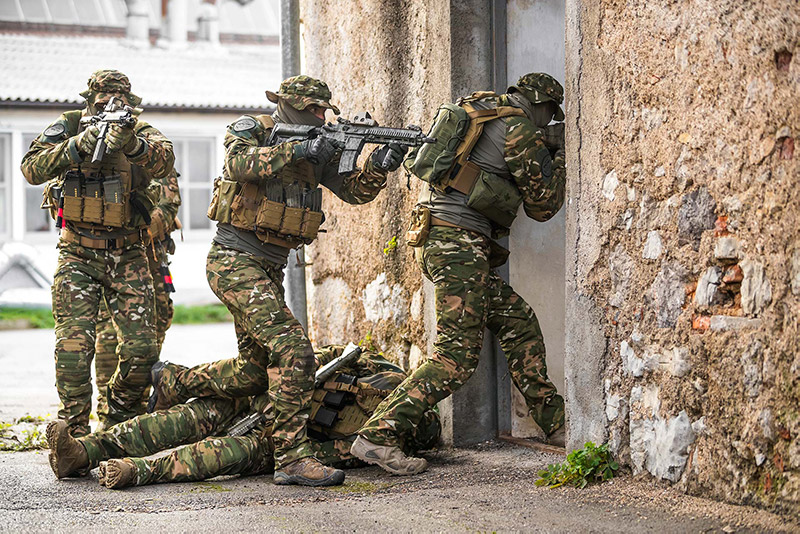
Not meaning to sound matter-of-fact here, but what we are trying to do is buy extra time (while still in an active situation) in order to eliminate the threat so that we can safely come back for our guy and treat him when and as we can.
7. PLAN/GRAB & GO/TREAT
If tactically feasible, stopping life-threatening external hemorrhage is a primary goal during CUF. Otherwise, do as previously mentioned: instruct the casualty to apply self-aid or, if you’re able and can reach some cover, apply aid (including tourniquets) from your own kit.
In any event, the first thing you must do is get the casualty off the “X”. You’ll do this by using the Plan/Grab & Go/Treat method.
See the CUF guidelines in action:
Watch more Combat Medic Essential videos here.
Your plan for tackling this monster challenge will depend on:
- the number of casualties
- who will be providing covering fire/throwing smoke
- the amount of risk for the rescuers
- location of the nearest cover
- the best method for getting the wounded to cover (1- or 2-man team? Vehicle because of the distance involved?)
- size and weight of each casualty (a small, skinny guy needs fewer personnel to carry him than does a tall, beefy dude)
Before executing the plan, try to communicate with the casualty and tell him what you’re about to do so that he doesn’t mistake you for the enemy and open fire on you.
Important note: in the course of executing your plan, try to also retrieve the casualty’s mission-sensitive items. Those include his weapons, communication devices, and the like.
WHAT HAPPENS IF WE CAN’T GET OUR BUDDY OFF THE “X“?
In case we can’t get our casualty off the “X,” we need to think outside the box and figure out a way to make the “X” “disappear”.
Speaking of making something disappear, make sure you read our blog post on The Science Behind Camouflage here.
“I don't want to be a product of my environment. I want my environment to be a product of me.” —Frank Costello/The Departed
To avoid the very bad situation of caring for our patients in the middle of a “kill zone,” it’s necessary that we effect a tactical evacuation by getting them off the “X” and behind cover.
The likely outcome of you treating them inside the kill zone is your own lifeless body will end up stacked atop that of the buddies you were trying to help.
But if we can’t get our patients off the “X”, let’s change the rules and make the “X” disappear.
How?
We could neutralize the threat via JDAM, sniper fire, or positioning armoured vehicles between the enemy and our casualty.
Don’t rely on luck, though. Luck is the dying wish of those who want to believe that winning can happen by accident.
Chance favours the prepared.
SURVIVAL OF THE MOST ADAPTABLE
Setting yourself up for success is what these CUF guidelines are all about. And to achieve success you need training.
I’m not talking just about medical training, because knowing only medicine is like knowing how to eat with nothing but a fork (which I suppose is fine when it’s pasta on the menu, although not so much when the meal includes soup).
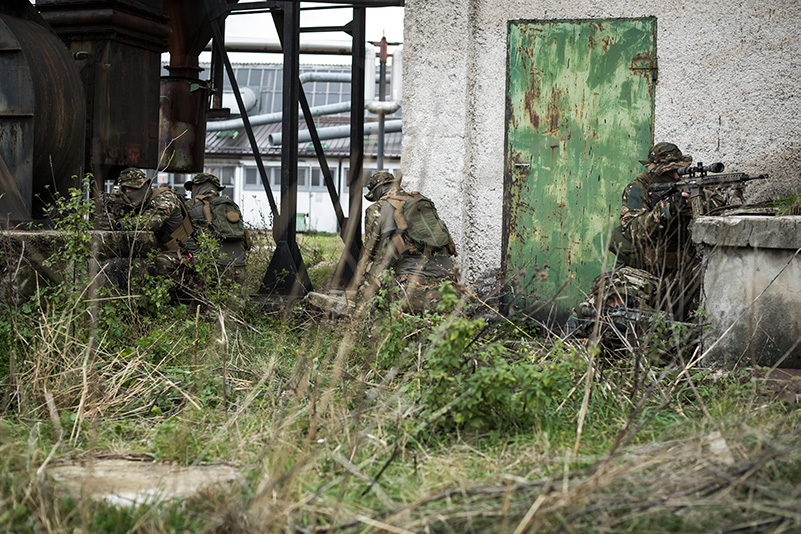
No, what I’m talking about is training that equips you to provide care in many types of situations.
For example, the same concepts of Care Under Fire apply to treating the victims of a motor vehicle accident.
First, we take care of ourselves—self-aid if needed.
Next, we move the injured driver(s) and/or passenger(s) to a safe location. Then we secure the scene so that incoming traffic won’t cause further damage or injury, and we look for other possible nearby threats.
If you or somebody else is trapped in a burning vehicle or building, we do everything possible to extricate them/ourselves and do what is necessary to stop the burning.
Plan how to get your casualty away from the flames. Check if he has massive bleeding or trouble breathing.
Notice whether another casualty is in the way and if there are environmental dangers involved.
Pay attention as well to the airway, so that an inhalation injury does not come creeping up on us—and, if necessary, we disregard C-spine precautions because no one will write you a letter of appreciation for an intact but burned-to-a-crisp spinal column.
It’s a matter of perspective. Everything you learn is valuable because somehow, sometime, you’ll draw upon it to save a life or prevent serious permanent injury.
Take care and stay safe.
Watch the UF PRO Combat Medic Essentials video series and learn more about the CUF phase, M.A.R.C.H. algorithm and different interventions from how to apply a tourniquet conversion or a peripheral IV. Learn more here.

